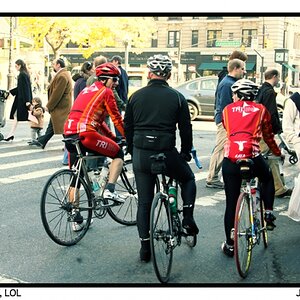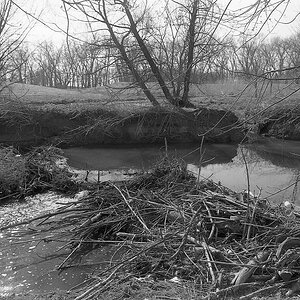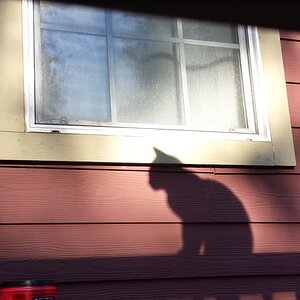Buckster
In memoriam
- Joined
- Sep 14, 2009
- Messages
- 6,399
- Reaction score
- 2,341
- Location
- Way up North in Michigan
- Can others edit my Photos
- Photos NOT OK to edit
For those among you lucky enough to have and use a true tilt shift lens AND Photoshop (so that you can actually make out any actual differences), what exactly ARE the differences please?
I want a T/S lens badly for architecture shots to straighten out the parallax when I can't get far enough away from the structure. When I do it in Photoshop (CS6), it works, but it still looks a bit wonky because there's no magic bullet to elevate my position to where it would have to be to actually get that "straight on" shot and the look of it. So my brain looks at the parallax-straightened shot and knows something's not quite right with it.
It would seem to me that the same problem would come from a t/s lens. While it would straighten the verticals' parallax problem, the POV would still be wrong for what we're seeing.
I'd love to hear from you lucky folks experienced with both to better understand the real differences.
Thanks!
I want a T/S lens badly for architecture shots to straighten out the parallax when I can't get far enough away from the structure. When I do it in Photoshop (CS6), it works, but it still looks a bit wonky because there's no magic bullet to elevate my position to where it would have to be to actually get that "straight on" shot and the look of it. So my brain looks at the parallax-straightened shot and knows something's not quite right with it.
It would seem to me that the same problem would come from a t/s lens. While it would straighten the verticals' parallax problem, the POV would still be wrong for what we're seeing.
I'd love to hear from you lucky folks experienced with both to better understand the real differences.
Thanks!
Last edited:



![[No title]](/data/xfmg/thumbnail/33/33024-f9a0cb6482030fec791845de1a21c82a.jpg?1619735837)






![[No title]](/data/xfmg/thumbnail/32/32167-524b76a903731ff48d48682c9f9b0978.jpg?1619735234)


